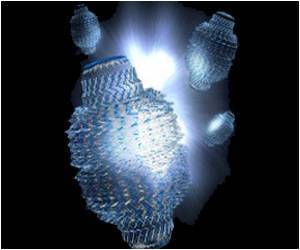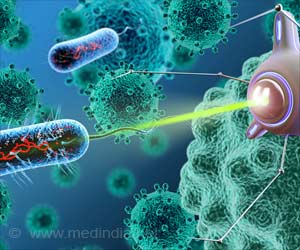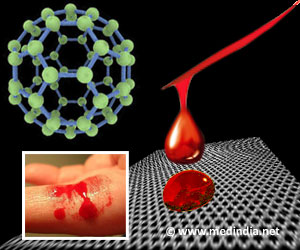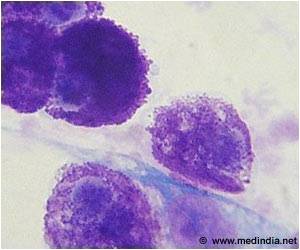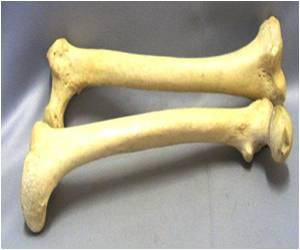Revolutionary approach uses nanoparticles to attract viruses and using the resulting pressure from the binding process, destroy them.
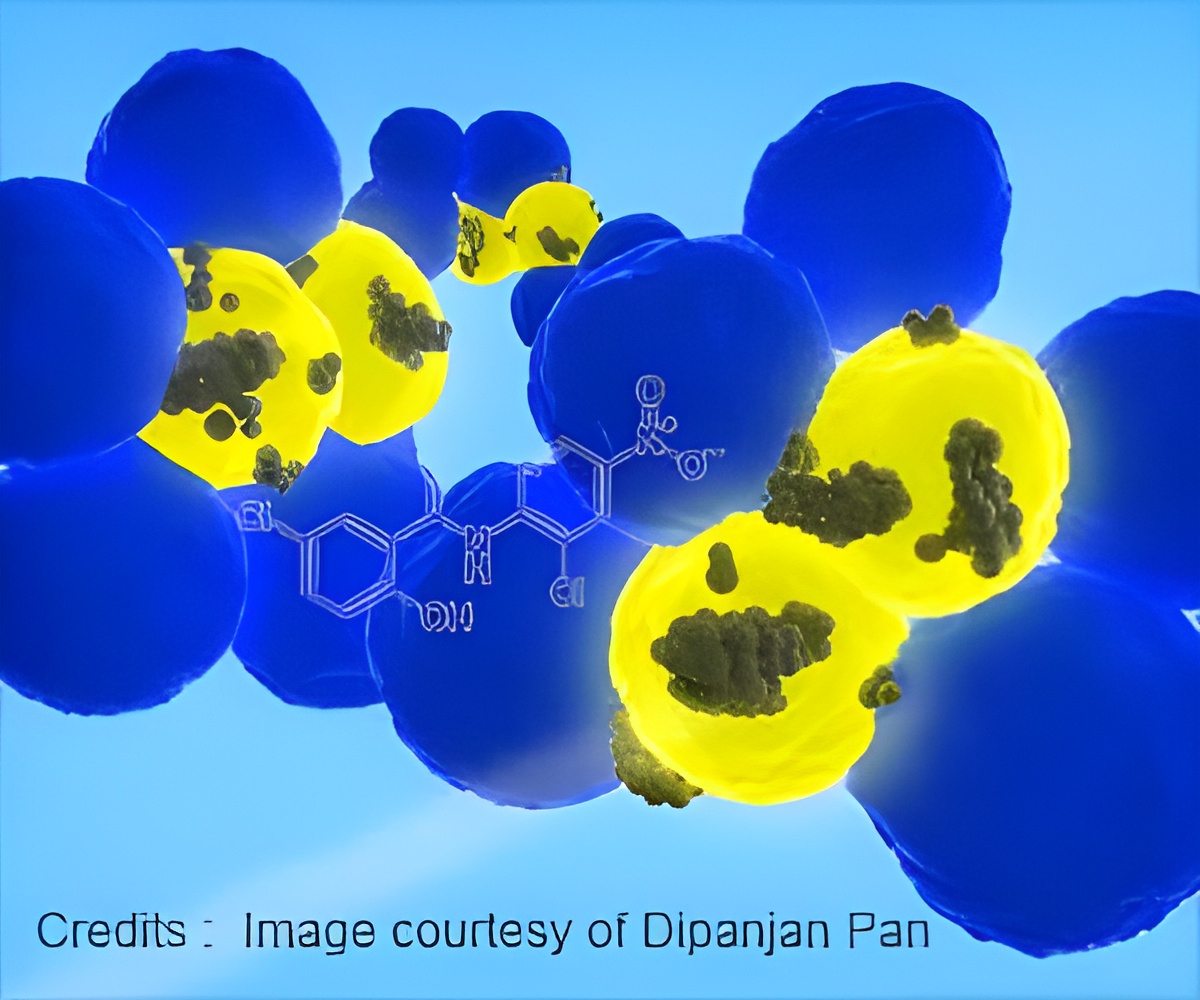
‘Gold nanoparticles imitate human cells and when viruses come to infect them, the particles using pressure from the binding process, destroy the viruses.’





Pressing need for a broad-spectrum treatment"Fortunately, we have drugs that are effective against some viruses, like HIV and hepatitis C," says Francesco Stellacci, who runs SUNMIL from the School of Engineering. "But these drugs work only on a specific virus." Hence the need for broad-spectrum antiviral drugs. This would enable doctors to use a single drug to combat all viruses that are still deadly because no treatment currently exists. Such non-specific therapies are especially needed in countries - particularly in developing regions - where doctors do not have the tools they need to make accurate diagnoses. And broad-spectrum antiviral drugs would help curb the antimicrobial resistance resulting from the over-prescription of antibiotics. "Doctors often prescribe antibiotics in response to viral infections, since there is no other drug available. But antibiotics are only effective against bacteria, and this blanket use fosters the development of virus mutations and a build-up of resistance in humans," says Stellacci.
Tricky nanoparticles
Until now, research into broad-spectrum virus treatments has only produced approaches that are toxic to humans or that work effectively in vitro - i.e., in the lab - but not in vivo. The EPFL researchers found a way around these problems by creating gold nanoparticles. They are harmless to humans, and they imitate human cell receptors - specifically the ones viruses seek for their own attachment to cells. Viruses infect human bodies by binding to replicating into cells. It is as if the nanoparticles work by tricking the viruses into thinking that they are invading a human cell. When they bind to the nanoparticles, the resulting pressure deforms the virus and opens it, rendering it harmless. Unlike other treatments, the use of pressure is non-toxic. "Viruses replicate within cells, and it is very difficult to find a chemical substance that attacks viruses without harming the host cells," says Stellacci. "But until now, that's been the only known approach attempted permanently damage viruses." The method developed at SUNMIL is unique in that it achieves permanent damage to the viral integrity without damaging living cells.
Encouraging results on several viruses
Advertisements
Advertisements

